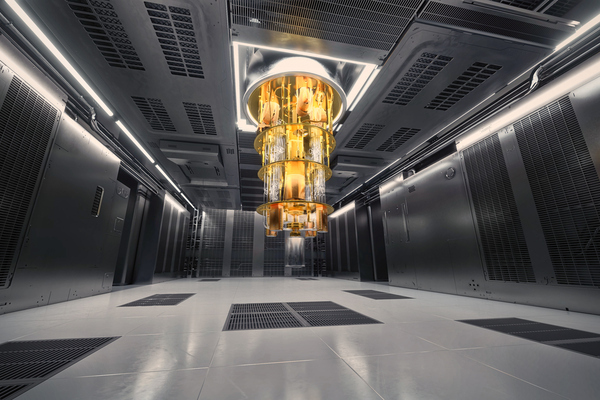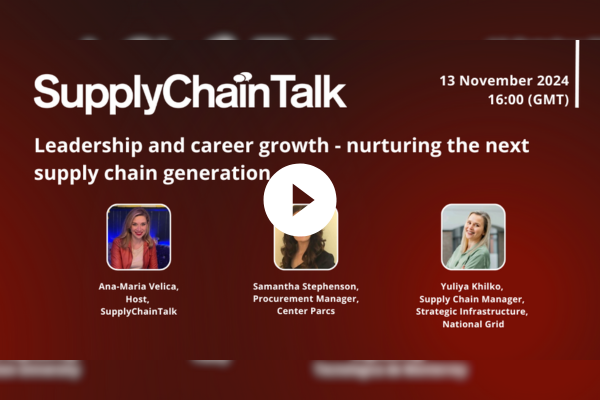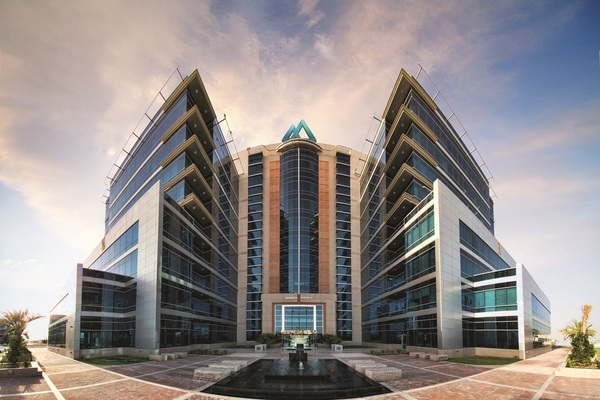True diversity is key to enabling innovation, excellence and sustainability for the industrial workforce
Management24 Oct 2024
Sponsored by Schneider Electric Leveraging diversity and inclusion for the betterment of industry not only leads to improved job prospects but delivers benefits across businesses, even in seemingly unrelated areas like sustainability.

Diversity across industry has made some strong and visible progress in recent years, but the sector as a whole still has a long way to go. I am very proud to hold my role of System & Architecture Engineer at Schneider Electric. As a company we place huge importance on all forms of diversity, reporting an impressive statistic, with women representing more than one-third of the global workforce including top positions.
Of course, diversity covers a broader remit than gender representation alone, and Schneider Electric has delivered equal opportunities to everyone everywhere, creating an environment where employees feel uniquely valued and safe to contribute their best. The company has been continually recognised for its positive approach to diversity, equality and social responsibility, which has recently been reflected in winning the Outstanding Contribution to Diversity, Equality and Social Responsibility Award at the 2024 Data Centre Solutions (DCS) Awards.
Achieving diversity is not simply the right thing to do. True diversity brings a host of benefits to our teams, customers and our products. It even plays an important role in industry’s fight against climate change.
True diversity
What is meant by the term true diversity? It isn’t simply about who we are. True diversity takes into account the varying backgrounds, education, experience and outlook of individuals within an organisation – and the more variation, the better. Schneider Electric provides a safe and inclusive work environment for all, and I have seen first-hand the level of innovation and value this adds to our company.
Innovation for all industry
Creating an inclusive community with people of all ethnicities, genders and ages as well as individuals from different educational backgrounds and who are both neurodiverse and neurotypical, offers the very best environment to exchange ideas and let innovation flourish.
Organisations that are filled with teams that are exclusively like-minded, either culturally or educationally, may be extremely knowledgeable of their current processes, but lack the differing perspectives that generate beneficial change. This approach actively works against all digital transformation models where information can be interpreted in a number of ways to deliver value. Rather, where there is a lack of diversity, firms risk being stuck in a business-as-usual model, which will quickly see them fall behind more forward-thinking competitors.
The impact of digital transformation and true diversity should not be seen as separate – they are intrinsically linked. Integrating digital transformation teams within diverse industrial ecosystems pools the expertise of not just the end-user’s business, but the experience of all projects that have gone before.
This is a position we feel very strongly about at Schneider Electric. We like to build diverse partnerships with our customers, moving far beyond the simple vendor relationship of selling technology, so they can instantly expand their available knowledge and expertise for any project, opening new avenues for delivering value. Industrial companies should be actively seeking a diverse workforce and a diverse ecosystem to tackle the challenges of modern industry, including climate change.
Surprising sustainability
Here at Schneider Electric we have recently been named the most sustainable company in the world for the second time, demonstrating our commitment to minimising industry’s impact on climate change. We believe that when working toward a greener future, we can only truly represent the people we, as industry, serve when discussion involves voices from all walks of life. It would be easy to think that people of different ages, genders or backgrounds would suggest the same solutions to a problem as global as climate change. But only by stimulating discussion across diverse groups are assumptions challenged and seemingly impossible targets reached.
The Gender Policy Report conducted by the European Central Bank in 2022 shows how gender diversity at a managerial level has a direct impact on climate change. The results show that just a one per cent increase in the number of female managers within a firm leads to a 0.5 per cent decrease in CO2 emissions.
As mentioned previously, true diversity refers to more than just a gender representation disparity, but we can see from this small piece of evidence how addressing just one element of diversity has a surprising impact on sustainability. Now, imagine true diversity is achieved within all businesses whether they are an end user, integrator, OEM or vendor. How much could CO2 emissions be reduced by then?
I have the privilege of working for a very environmentally focused business, which means we are always actively discussing and seeking ways to reduce climate change. However, this isn’t an experience shared across the industrial landscape, and the same can be said for true diversity. Both sustainability and true diversity are collective responsibilities of all industrial businesses. We must work together to remove any hurdles and offer support for the diverse workforce, ensuring each and every perspective is heard. Once we have created an inclusive industry, businesses along the supply chain will see innovation growing as they advance on their digital transformation journey.
As we have seen, a move toward a more digitalised and diverse industrial landscape will bring notable reductions in CO2 emissions. Diversity, transformation and sustainability shouldn’t be viewed as three separate initiatives: being proactive in improving these areas means a better world for us all to live and work in. Learn more about diversity, equality and inclusion at Schneider Electric here.
by Karishma Guddu, Software Business Development Manager, UK&I, Schneider Electric
About Schneider Electric
Schneider’s purpose is to create Impact by empowering everyone to make the most of our energy and resources, bridging progress and sustainability for all. At Schneider, we call this Life Is On.
Our mission is to be the trusted partner in sustainability and efficiency.
We are a global industrial technology leader bringing world-leading expertise in electrification, automation and digitization to smart industries, resilient infrastructure, future-proof data centres, intelligent buildings and intuitive homes. Anchored by our deep domain expertise, we provide integrated end-to-end lifecycle AI-enabled industrial IoT solutions with connected products, automation, software and services, delivering digital twins to enable profitable growth for our customers.
We are a people company with an ecosystem of 150,000 colleagues and more than a million partners operating in over 100 countries to ensure proximity to our customers and stakeholders. We embrace diversity and inclusion in everything we do, guided by our meaningful purpose of a sustainable future for all.

Business Reporter Team
Most Viewed
Winston House, 3rd Floor, Units 306-309, 2-4 Dollis Park, London, N3 1HF
23-29 Hendon Lane, London, N3 1RT
020 8349 4363
© 2024, Lyonsdown Limited. Business Reporter® is a registered trademark of Lyonsdown Ltd. VAT registration number: 830519543



